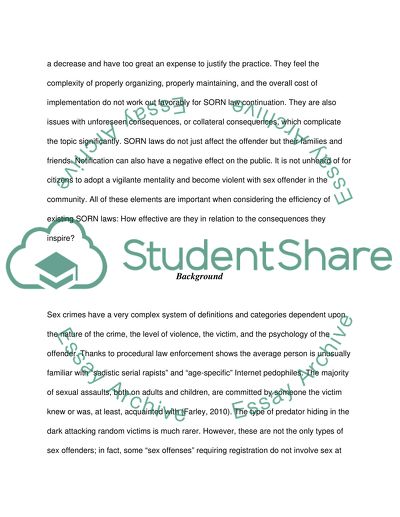Cite this document
(“The Effectiveness of Sex Offender Registration and Notification Essay”, n.d.)
The Effectiveness of Sex Offender Registration and Notification Essay. Retrieved from https://studentshare.org/sociology/1402095-are-sex-offender-registration-and-notification
The Effectiveness of Sex Offender Registration and Notification Essay. Retrieved from https://studentshare.org/sociology/1402095-are-sex-offender-registration-and-notification
(The Effectiveness of Sex Offender Registration and Notification Essay)
The Effectiveness of Sex Offender Registration and Notification Essay. https://studentshare.org/sociology/1402095-are-sex-offender-registration-and-notification.
The Effectiveness of Sex Offender Registration and Notification Essay. https://studentshare.org/sociology/1402095-are-sex-offender-registration-and-notification.
“The Effectiveness of Sex Offender Registration and Notification Essay”, n.d. https://studentshare.org/sociology/1402095-are-sex-offender-registration-and-notification.


